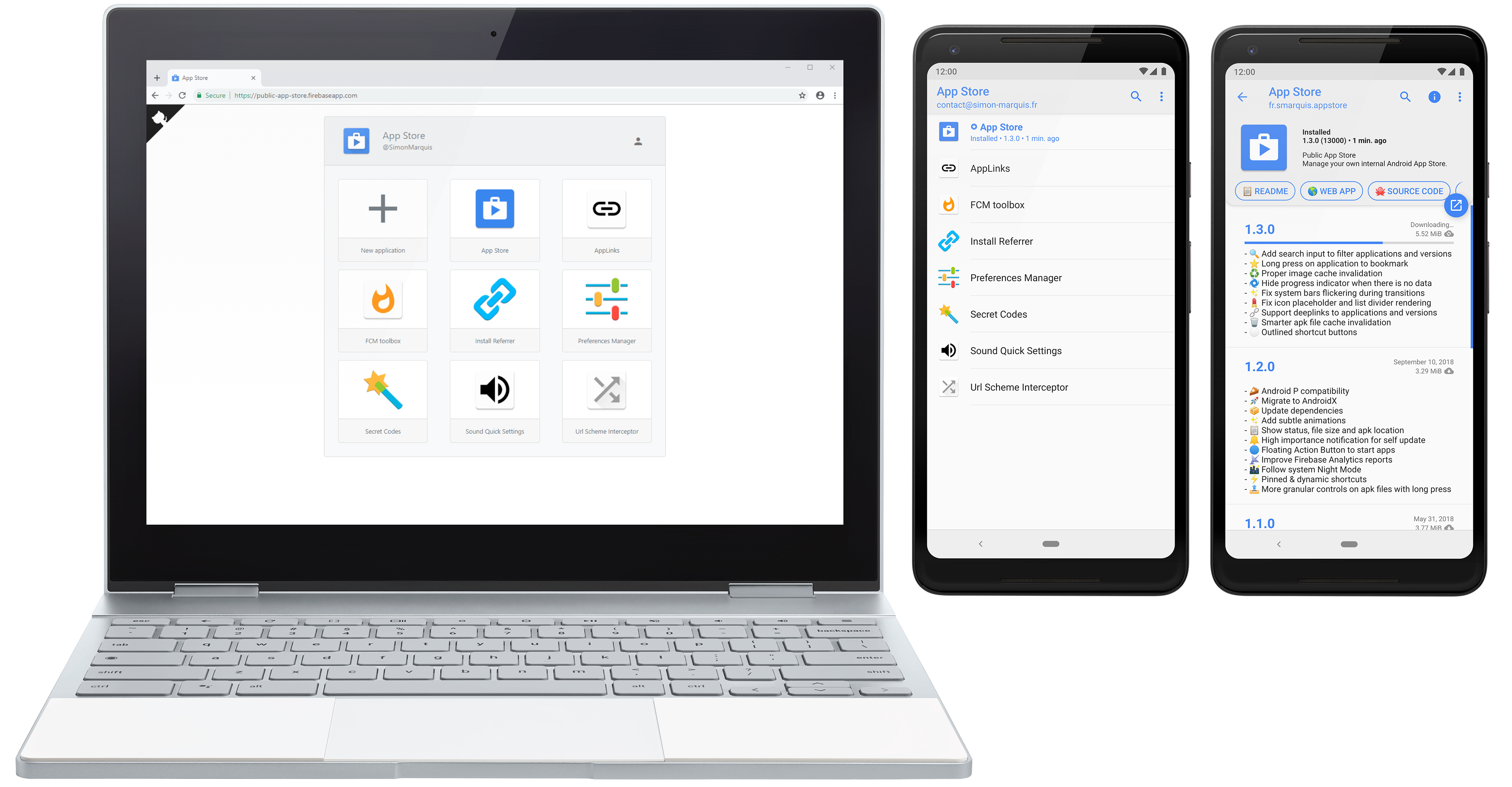
Demo
Features
Deploy
Settings
Backup
License
A public version of the web app is hosted on public-app-store.web.app.
The latest Android apk can also be downloaded here.
Public or private access to the store
| Web | Android |
|---|---|
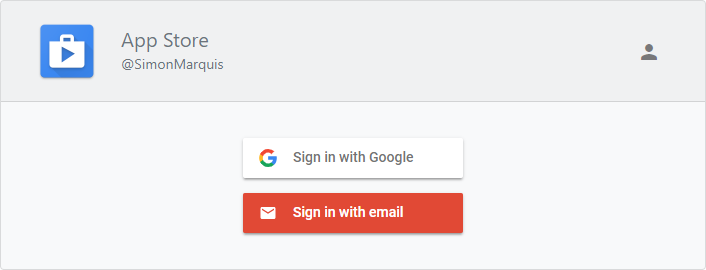 | 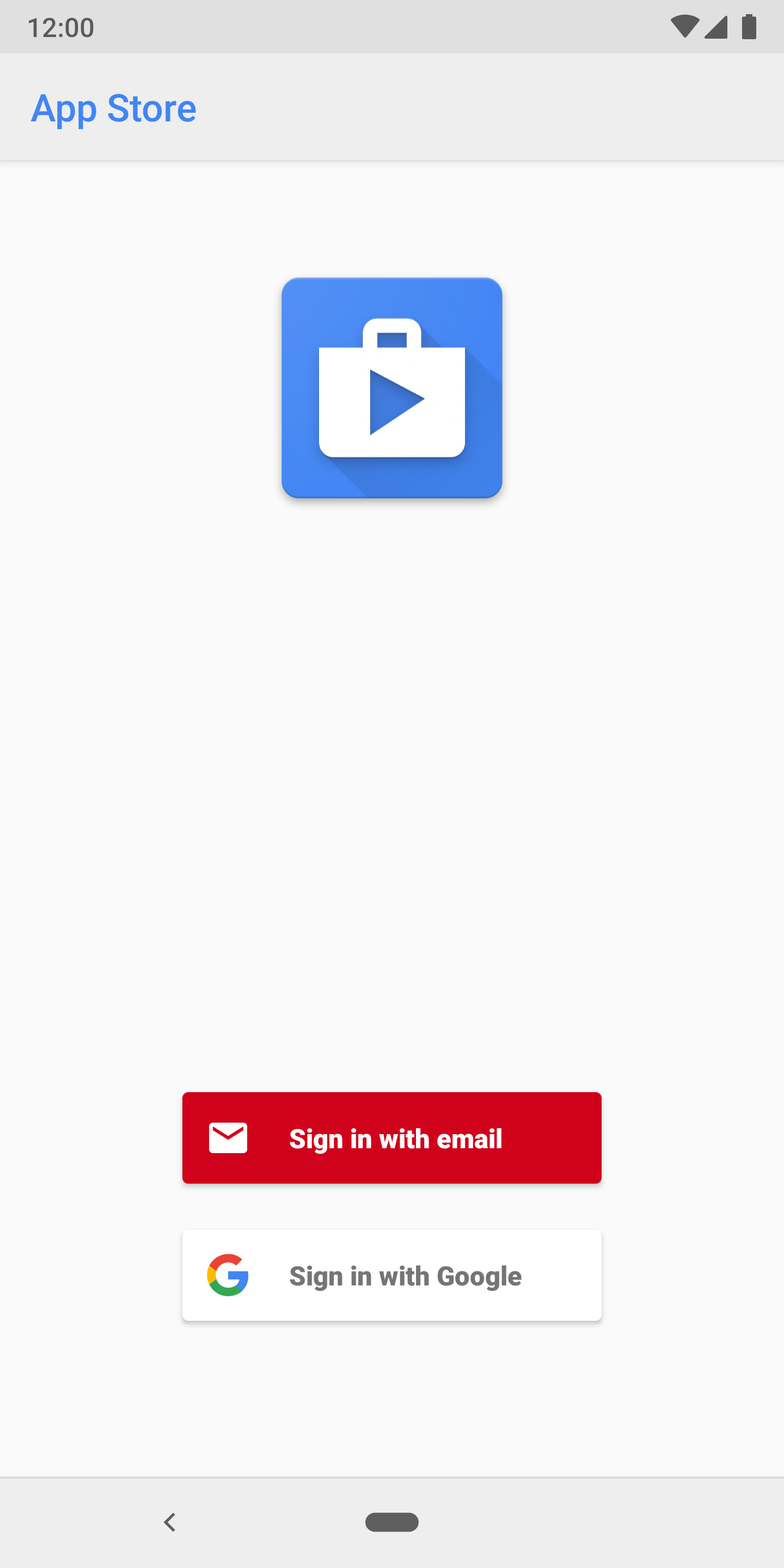 |
User roles (anonymous or verified users)
Account restrictions (only admins have write access)
Manage multiple applications
| Web | Android |
|---|---|
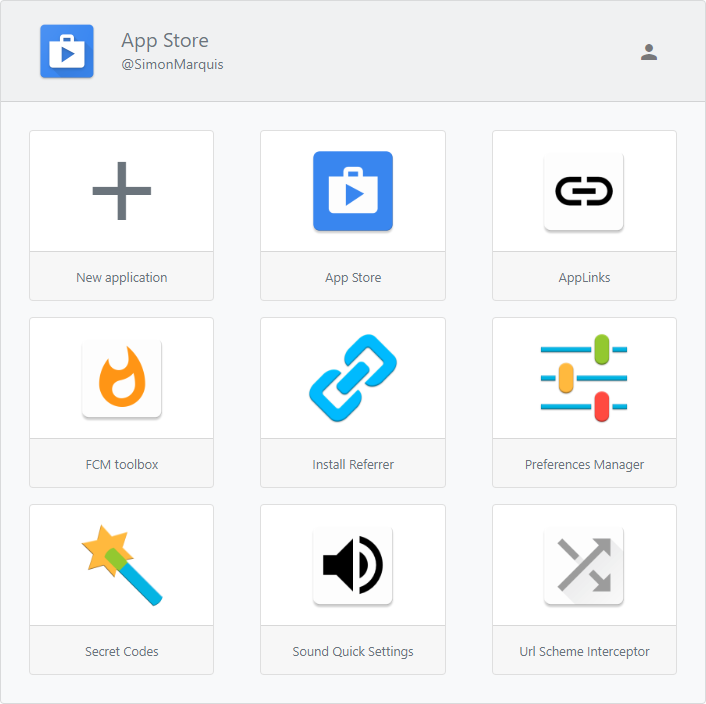 | 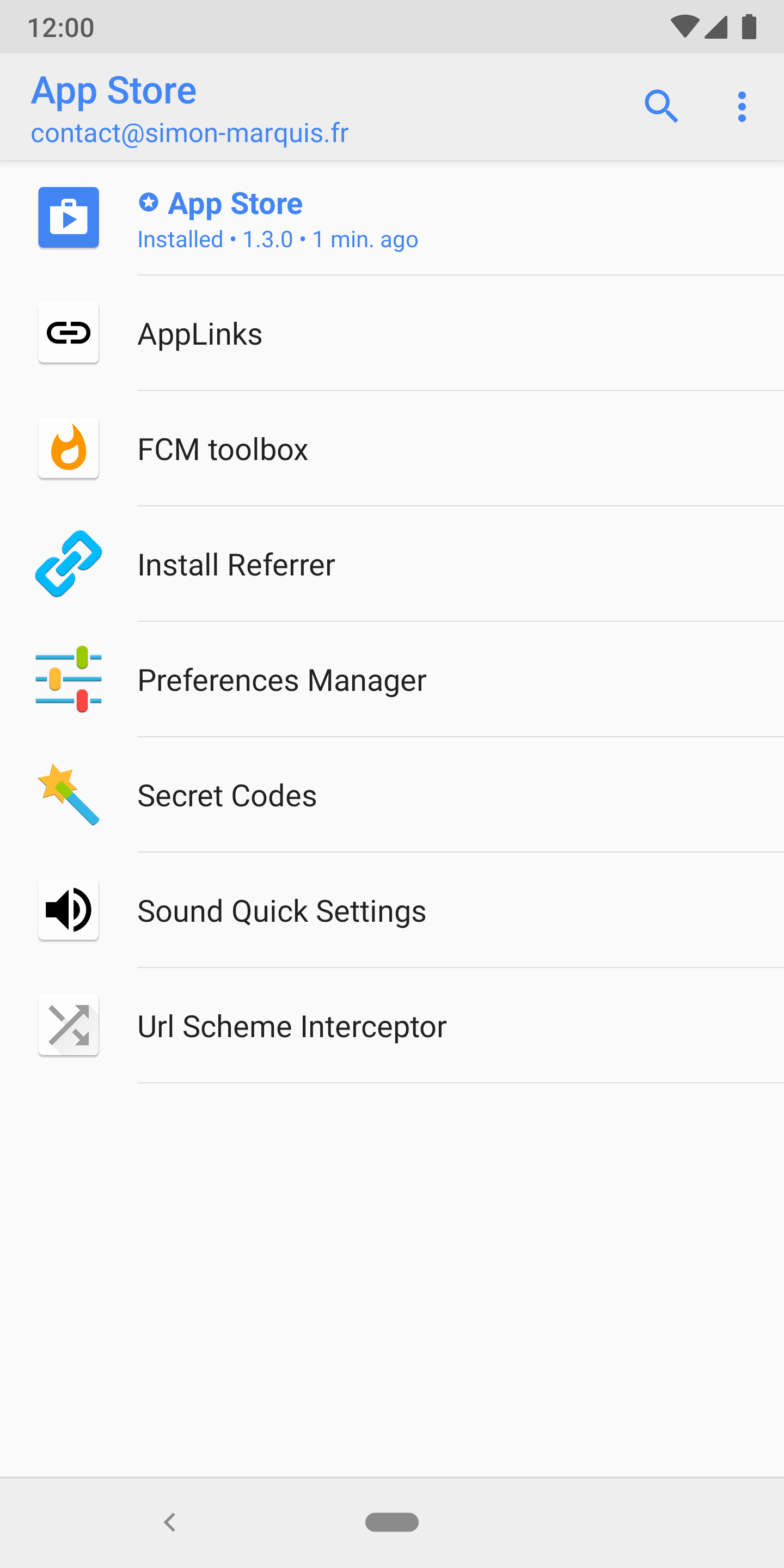 |
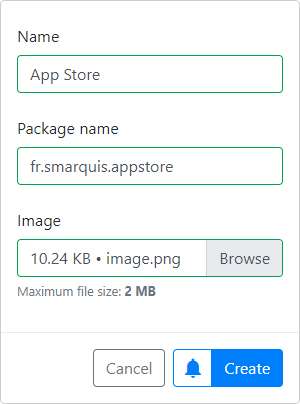 | |
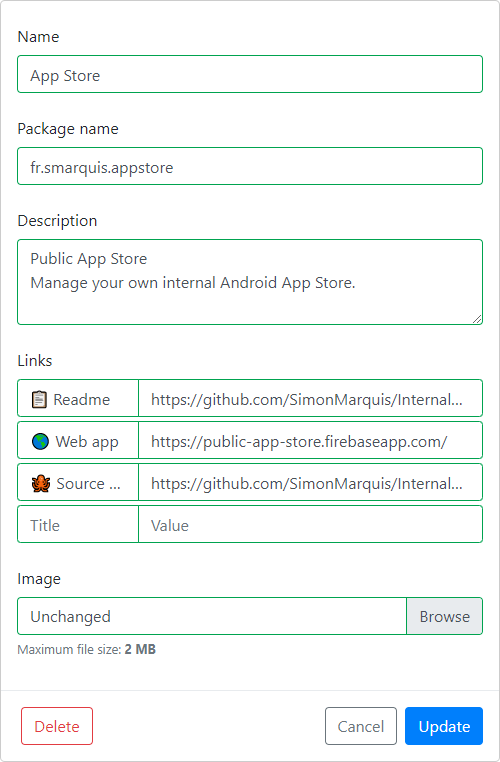 |
Notifications for new applications
Description with html support
Shortcuts for frequent actions
Manage multiple versions
| Web | Android |
|---|---|
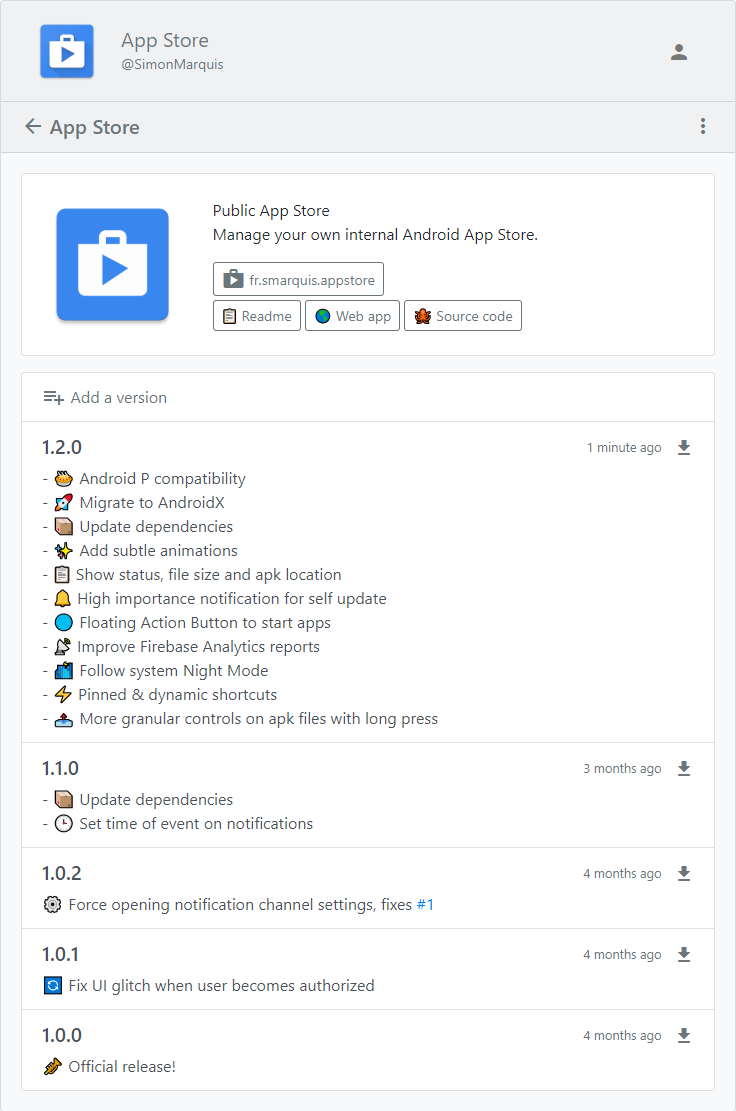 | 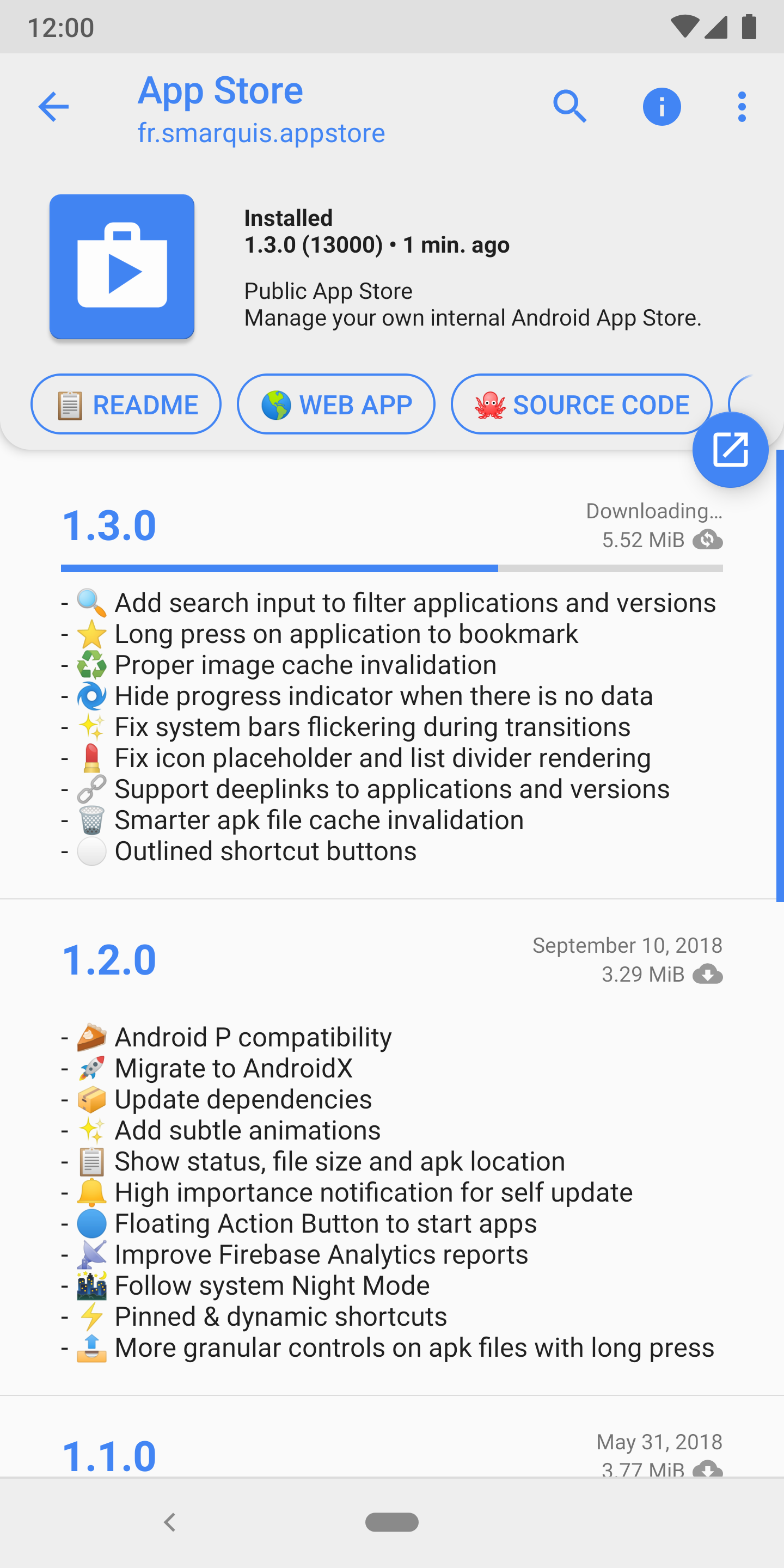 |
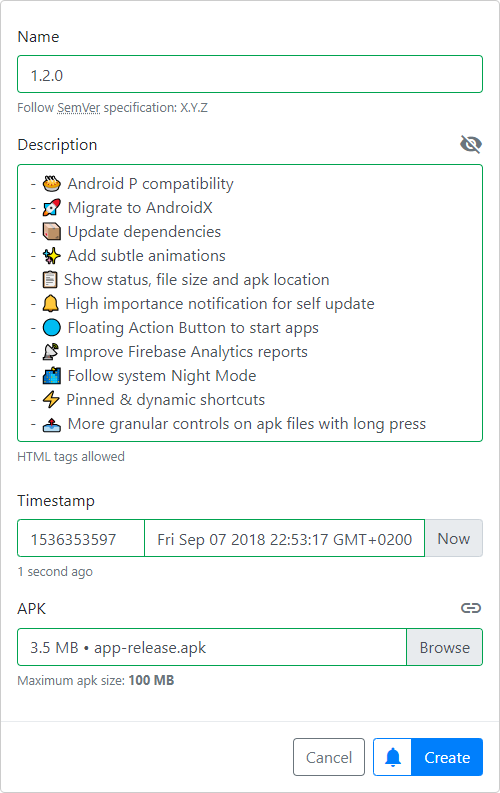 |
Notifications for new versions
Upload apks or external links
Changelog with html support
Apk files are cached
Requirements
Android Studio
Firebase account
Firebase CLI
Replace applicationId with your own unique id in app/build.gradle
Create a Firebase project https://console.firebase.google.com
Select Add Firebase to your Android app and fill in the form
Download the config file google-services.json and move it to your Android app module root directory
In the Firebase Authentication page, enable sign-in methods, then create your first admin user
In the Firebase project settings, select ADD APP and Add Firebase to your web app
When using Firebase Hosting and the CLI, Web SDK auto-configuration is enabled by default
Verify the configuration of each module
storage-private.rules (images)
storage-private.rules (apks)
database-private.rules.json (read access)
Android: Store.kt
Web: index.js
Firebase Database: use your own domain
├──admins
│ └──{$uid}
├──store
│ ├──applications
│ │ └──{$application_id}
│ │ ├──name
│ │ ├──packageName
│ │ ├──description
│ │ ├──image
│ │ ├──link_{#}
│ │ │ ├──name
│ │ │ └──uri
│ │ └──silent
│ └──versions
│ └──{$application_id}
│ └──{$version_id}
│ ├──name
│ ├──description
│ ├──timestamp
│ ├──apkRef
│ ├──apkGeneration
│ ├──apkUrl
│ ├──silent
│ ├──downloads
│ └──installs
└──analytics
├──downloads
│ └──{$application_id}
│ └──{$version_id}
│ └──{$uid}
└──installs
└──{$application_id}
└──{$version_id}
└──{$uid}Firebase Storage: use your own domain
└──applications
└──{$applicationUid}
│──image
└──versions
└──{$versionUid}.apkInitialize Firebase module
# Move to Firebase root directorycd firebase# Initialize Firebase (login popup)firebase login# Set the default Firebase projectfirebase use --add
Add your first admin user (uid found in Firebase Authentication page)
storage-private.rules (images)
storage-private.rules (apks)
Firebase Database, add admin uid
firebase database:update /admins --data '{"<admin-uid>" : "<admin-email>"}'# On Windows, create a JSON file instead (unsupported JSON input)firebase database:update /admins update.jsonFirebase Storage, add admin uid
Test web app on your machine http://localhost:5000
firebase serve
Deploy all Firebase modules (database, storage, hosting, functions)
firebase deploy
Sync, build and install Android module from Android Studio
A lot of settings can be tweaked in both web and Android apps
Store icons and titles
Firebase auth providers
Maximum apk size
Admin write access
Store visibility (private or public)
…
Firebase Database (Link 1, Link 2)
// Backup firebase database:get / --pretty > database.json // Restore firebase database:set / database.json
Firebase Storage (Link)
// Backup gsutil -m cp -R gs://<bucket_name> .// Restore gsutil -m cp -R . gs://<bucket_name>
Copyright 2018 Simon Marquis Licensed under the Apache License, Version 2.0 (the "License"); you may not use this file except in compliance with the License. You may obtain a copy of the License at http://www.apache.org/licenses/LICENSE-2.0 Unless required by applicable law or agreed to in writing, software distributed under the License is distributed on an "AS IS" BASIS, WITHOUT WARRANTIES OR CONDITIONS OF ANY KIND, either express or implied. See the License for the specific language governing permissions and limitations under the License.